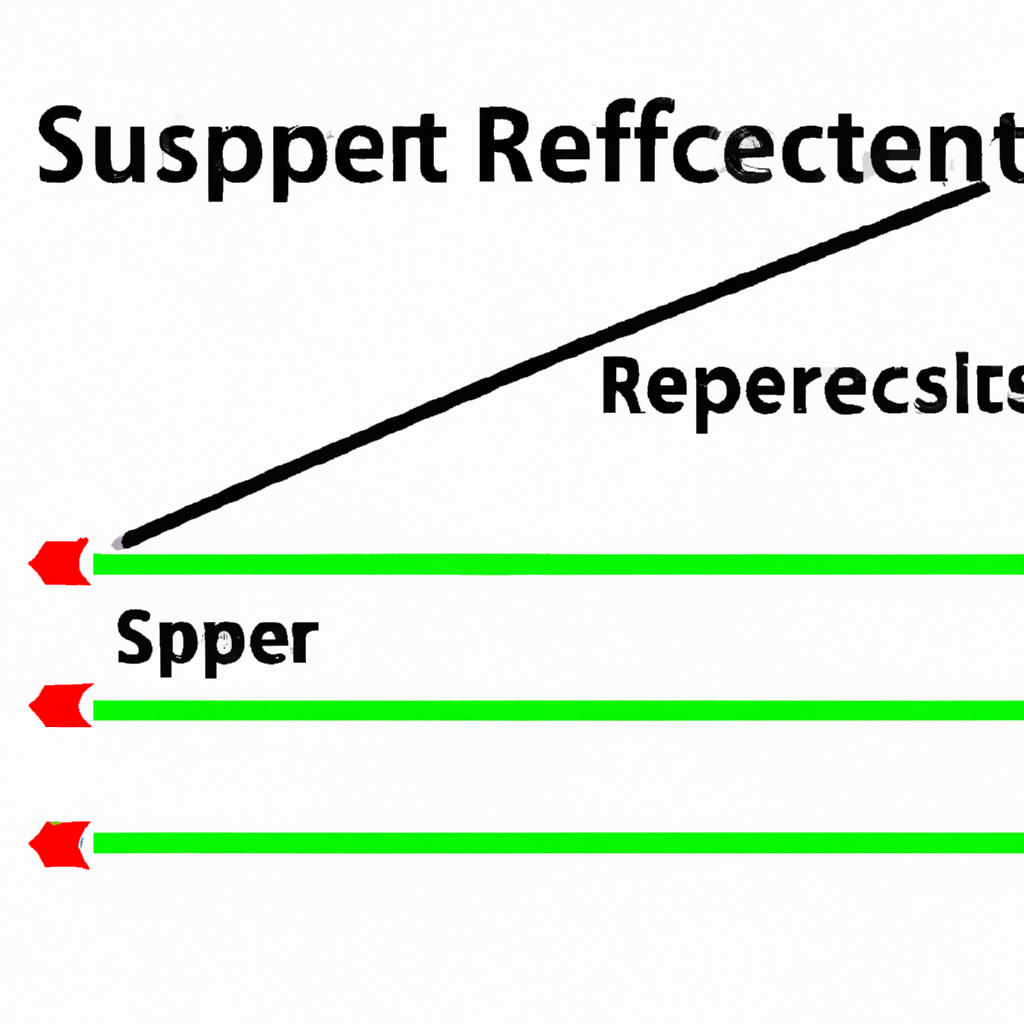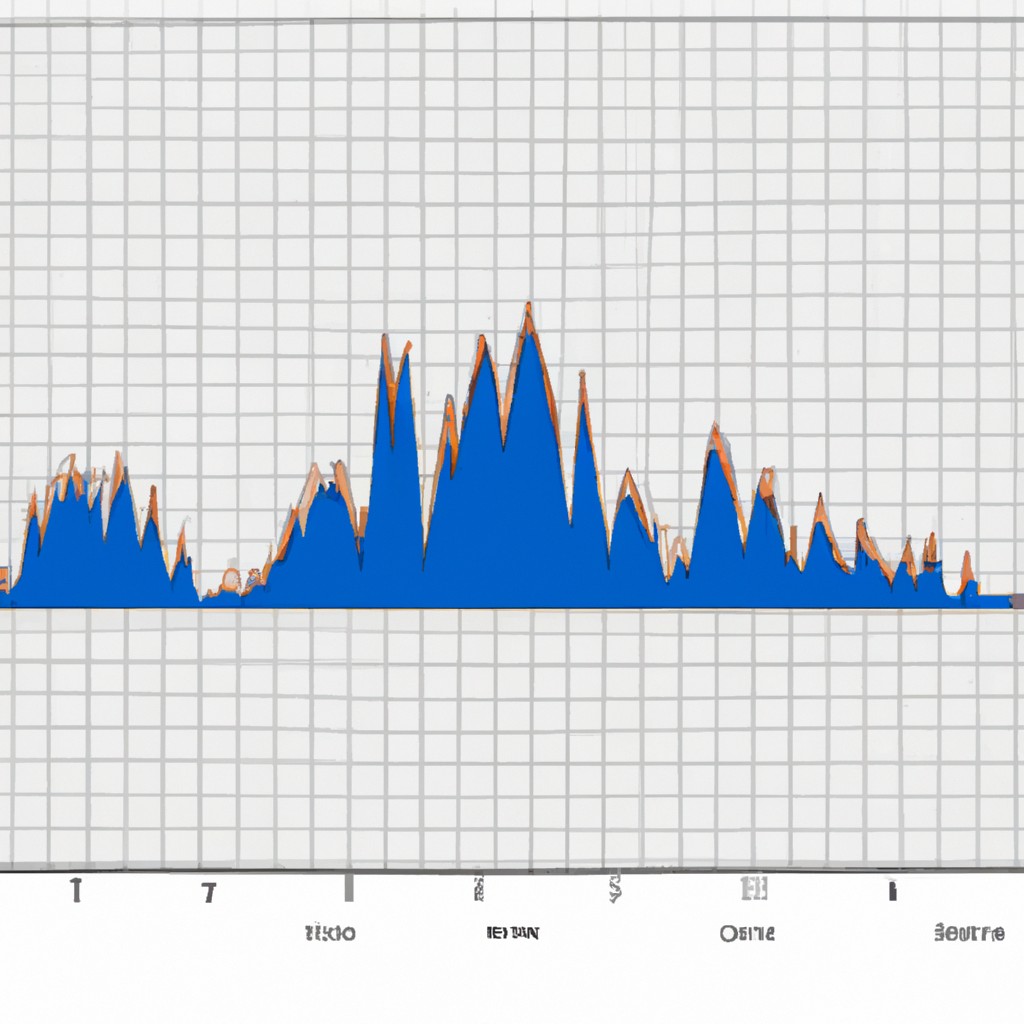Understanding Support and Resistance Levels in Trading
Introduction
Support and resistance levels are key concepts in technical analysis used by traders to identify potential price levels at which a financial asset is likely to experience a pause or reversal in its current trend. These levels are crucial for making informed trading decisions and can greatly enhance a trader’s ability to predict future price movements. In this article, we will delve deeper into the concept of support and resistance levels and explore how they can be effectively utilized in trading strategies.
What are Support and Resistance Levels?
Support and resistance levels are horizontal price levels that act as barriers to the movement of an asset’s price. These levels are formed based on historical price data and represent areas where the buying (support) or selling (resistance) pressure is significant enough to prevent the price from moving further in a particular direction.
Identifying Support Levels
Support levels are typically found at price levels where the demand for an asset exceeds the supply, causing the price to bounce back up. Traders often look for areas on a price chart where the price has repeatedly reversed or bounced back after reaching a certain level. These levels can be identified by connecting the swing lows or troughs on the chart with a horizontal line.
Utilizing Support Levels
Support levels are crucial for traders as they provide potential entry points for buying an asset. When the price approaches a support level, traders often look for additional confirmation signals such as bullish candlestick patterns or oversold conditions on technical indicators to increase the probability of a successful trade. By placing a stop-loss order slightly below the support level, traders can manage their risk in case the support level fails to hold.
Identifying Resistance Levels
Resistance levels, on the other hand, are price levels where the supply of an asset exceeds the demand, causing the price to reverse or stall its upward movement. These levels can be identified by connecting the swing highs or peaks on the chart with a horizontal line.
Utilizing Resistance Levels
Resistance levels are important for traders as they provide potential exit points for selling an asset or taking profits. When the price approaches a resistance level, traders often look for signs of a potential reversal, such as bearish candlestick patterns or overbought conditions on technical indicators. Placing a stop-loss order slightly above the resistance level can help manage the risk in case the resistance level is broken.
Conclusion
Support and resistance levels are invaluable tools for traders to understand the dynamics of price movement in financial markets. By identifying and utilizing these levels effectively, traders can enhance their trading strategies and make more informed decisions. It is important to remember that support and resistance levels are not fixed and can change over time, requiring traders to adapt their strategies accordingly. With practice and experience, traders can become proficient in identifying and utilizing support and resistance levels to improve their trading performance.



